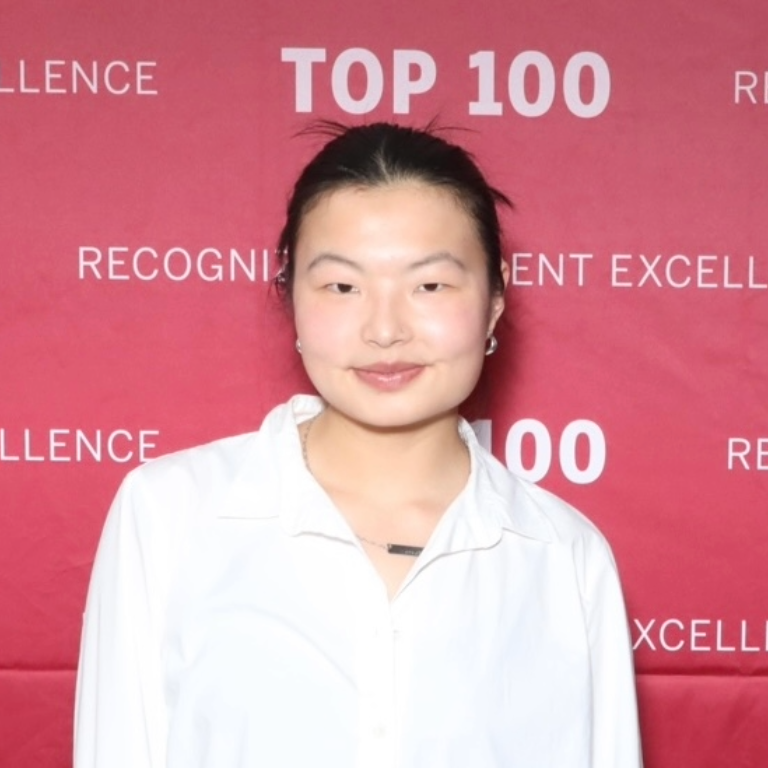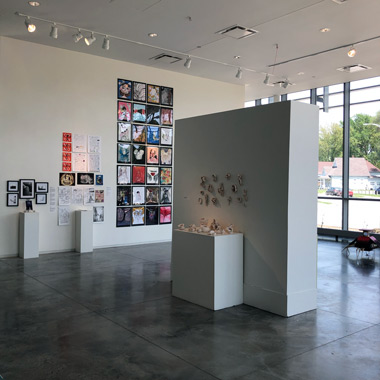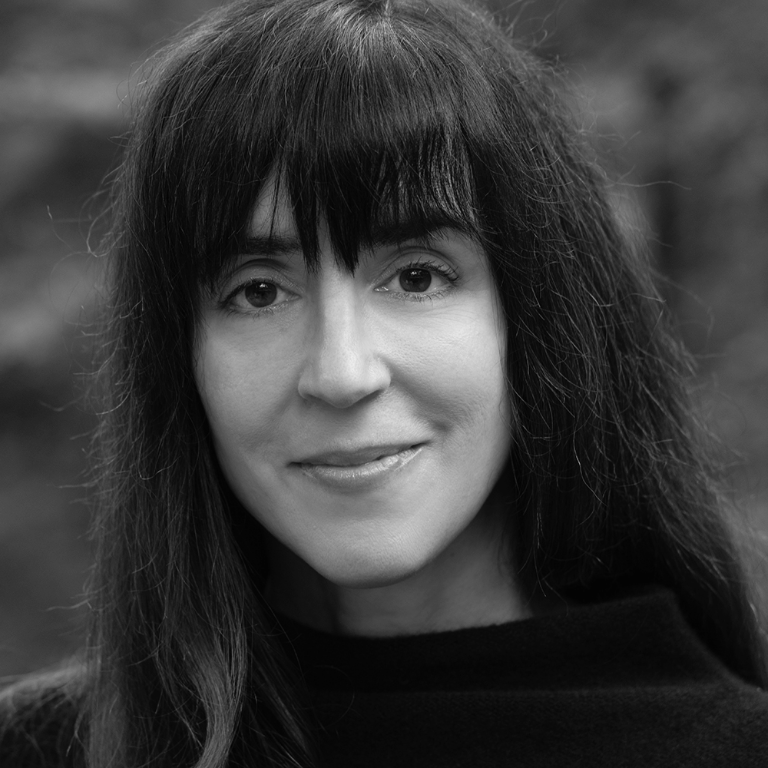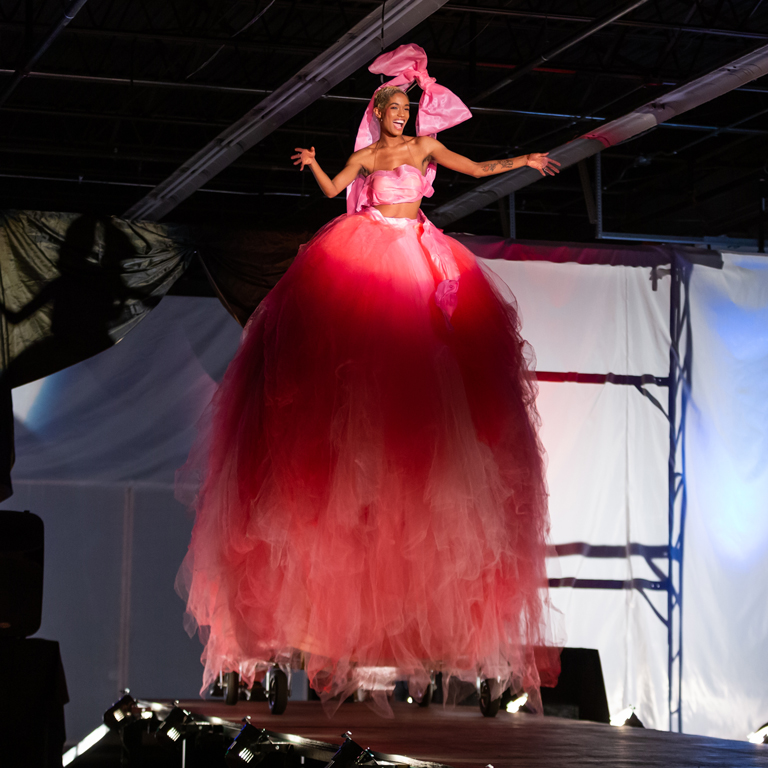Lauren Robillard (B.F.A. Furniture Design '14), a Herron alum based in Brooklyn, N.Y., has worked in the art department to produce a variety of television shows, including Netflix's "Queer Eye," HGTV's "Brother Vs. Brother" and "Carpool Karaoke" with James Corden. She's also worked on televisions shows for networks such as A&E, Bravo, CBS and History (formerly The History Channel).
Curious about Robillard's path to television production, we contacted her via email to learn more about how she found herself working in the industry, her on-set responsibilities, and how she became an associate producer, providing supervision and support to production teams.
Oh, and she also offers advice to students who want to break into television or film and work behind the scenes. (Take notes, Herron students.)
HERRON: So, how did you go from a furniture design grad to your first job working in an art department?
LAUREN ROBILLARD: When I was a student at Herron, I worked at a restaurant downtown where I met a customer named Karen Laine, who ended up having an HGTV show called "Good Bones" with her daughter Mina Starsiak. We had good chats about building furniture.
After I graduated with my M.F.A. in 2016, I was directionless, so I asked Karen if she needed any help, and she told me to come on back to Indianapolis. I drove back the next day, worked on the show for two seasons, and I've been working in television ever since.
HERRON: What attracted you to working in this field — and did it have anything to do with the collaborative nature of working on a creative team?
ROBILLARD: I think strangely, it's just been the path of least resistance for me. I didn't really know I was going to end up in television production. I wish I had a more romantic answer than that, but I don't.
I wasn't exactly sure what I wanted to do. I wanted to move to New York City right after grad school but didn't have the funds. I had the connection with Karen Laine and her team on "Good Bones," and one of my best friends had a spare room in Indianapolis, so I decided to start there since I was pretty flexible in my interests.
I have also worked in bartending, serving, farmer's market, summer camp, and carpentry jobs since I graduated. I don't really see one job better or worse than another; I just like to keep busy. I like working with my hands, and I like that in TV, you can work on some major projects that you'd never be able to carry out on your own. Some of the projects I've worked on for "Queer Eye," for example, are very life altering for the person you're helping out. It feels good to be working on projects like that. On top of that, some of my friends have told me that watching "Queer Eye" has helped them or their friends get through quarantine.
HERRON: How have your furniture design studies affected the way you approach your production assignments?
ROBILLARD: I think it's changed the way I solve problems. Making furniture requires hands-on problem solving. I try to get my ideas out of the sketchbook and into a real material as soon as possible, so it's practical, not just theoretical.
I like to see the proportions in real spaces and interact with them. Dressing a house is just like that for me. I want to see the textures, colors, and relationships between the objects in the room. Some designers spend a lot of time rendering, but I'd rather just go out and source furniture and accessories early in the process to get a feel for what I'm actually working with in real life. It's particularly important in television production because the rooms need to be both functional and look great for the camera. I think a lot about the homeowner living with these objects for a good part of their life. I want to make sure they're comfortable in their space.
The other thing that furniture design gave me was the ability to "sell" my designs. In critiques, we'd have to communicate our work with the class and the professors, and now in television production, I've got to be able to express my ideas verbally so that the homeowners, the talent, and the producers understand and get excited about the ideas we are conveying.
HERRON: Tell us about your most recently released project, "Queer Eye." How did you get involved with the show and what did you do on set as the design coordinator?
ROBILLARD: Someone I worked with on another home renovation show called and said they needed a design coordinator and asked if I'd like to work on it. My last show just ended, so the timing was tight. I was able to pack up and go from Brooklyn to Philadelphia in one day and start the day after that.
My department supported the cast member Bobby Berk. As design coordinator, my job was to ensure that the design team's logistics ran smoothly. I did the scheduling and coordinating with all the team members to make sure everything ran efficiently, as well as keeping track of the budget. I would jump in and help wherever we needed it, too.











